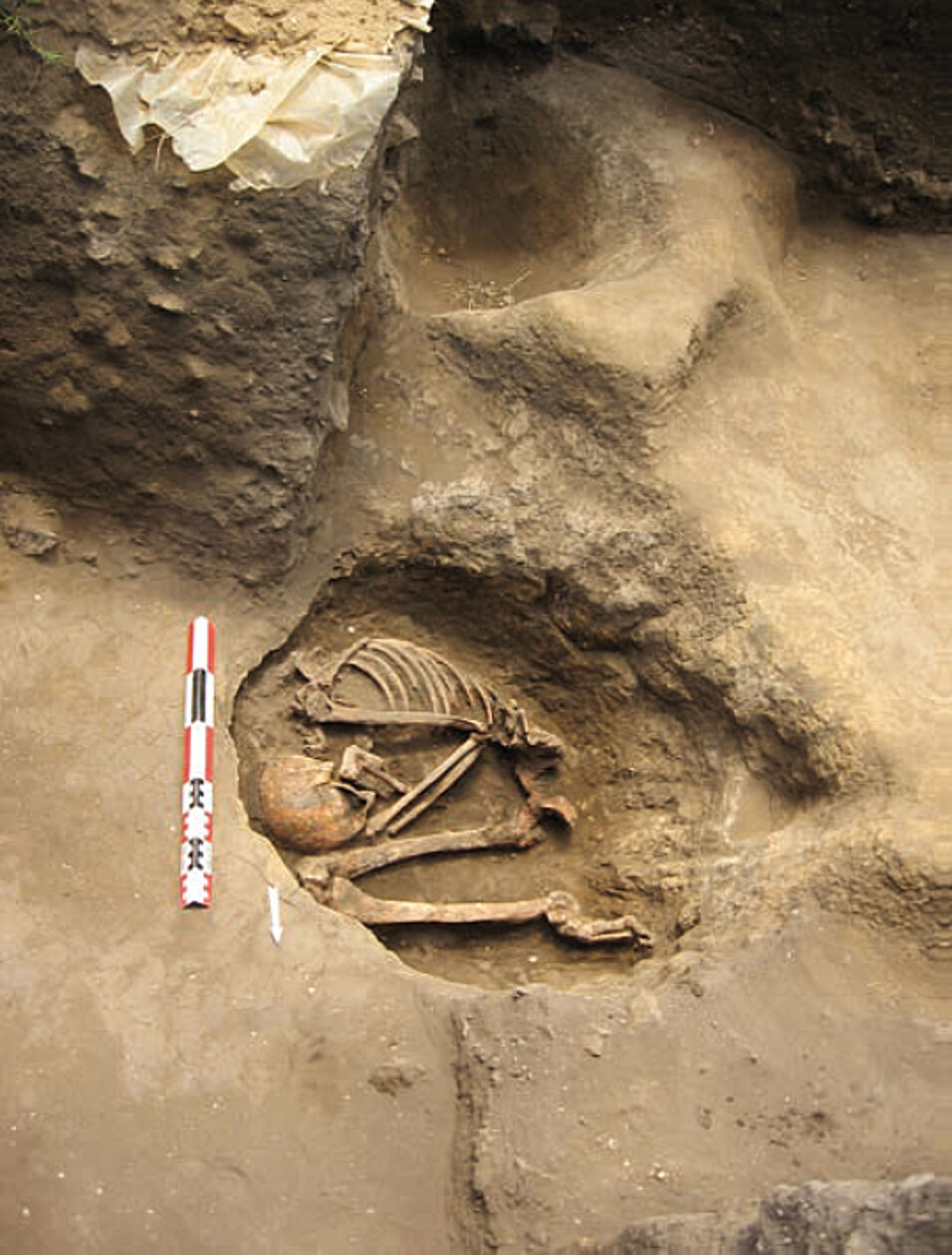HEAS Members Ron Pinhasi and Olivia Cheronet Publish Nature Paper on Unraveling the eastern Maghreb’s Ancient DNA
More On Article
- "Archäologie am Berg". Public Weekend of Archaeology in Hallstatt in September.
- 2023 CALL FOR NOMINATIONS - The Rohlf Medal
- 20th anniversary of the Laboratory for scanning electron microscopy at the Vienna Institute for Archaeological Science (VIAS), University Vienna, 14.11.2024, 15:00
- 3D visualization of bioerosion in archaeological bone
- A comparative archaeometric study of Late Bronze Age Black Lustrous and Red Lustrous Wheel-made wares from the Eastern Mediterranean

HEAS members Ron Pinhasi and Olivia Cheronet et al. published a paper in Nature on High continuity of forager ancestry in the Neolithic period of the eastern Maghreb.
The study published in Nature and co-led by Ron Pinhasi, University of Vienna, David Reich and Mark Lipson, Harvard Medical School, Alfredo Coppa, Sapienza University of Rome, and Giulio Lucarini, National Research Council of Italy, analyzed genome-wide data for nine individuals from the Later Stone Age through the Neolithic period from the eastern Maghreb (Algeria and Tunisia). Their results challenge the assumption that the region was merely a passive recipient of Neolithic influences – instead, they identified a striking pattern of continuity.
High continuity of forager ancestry in the Neolithic period of the eastern Maghreb